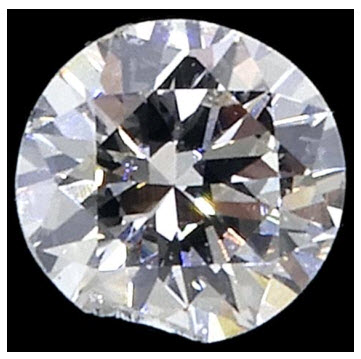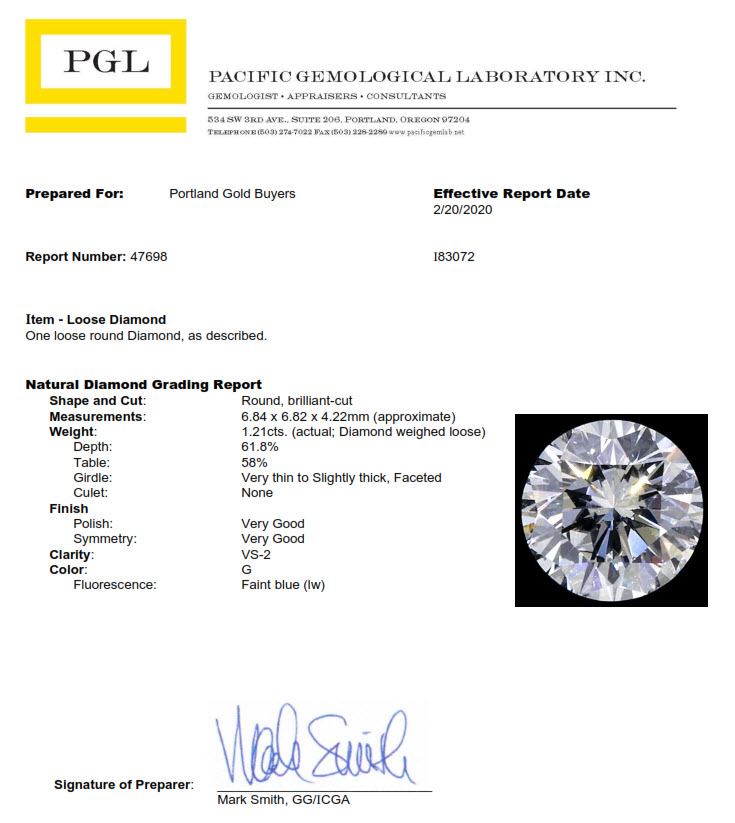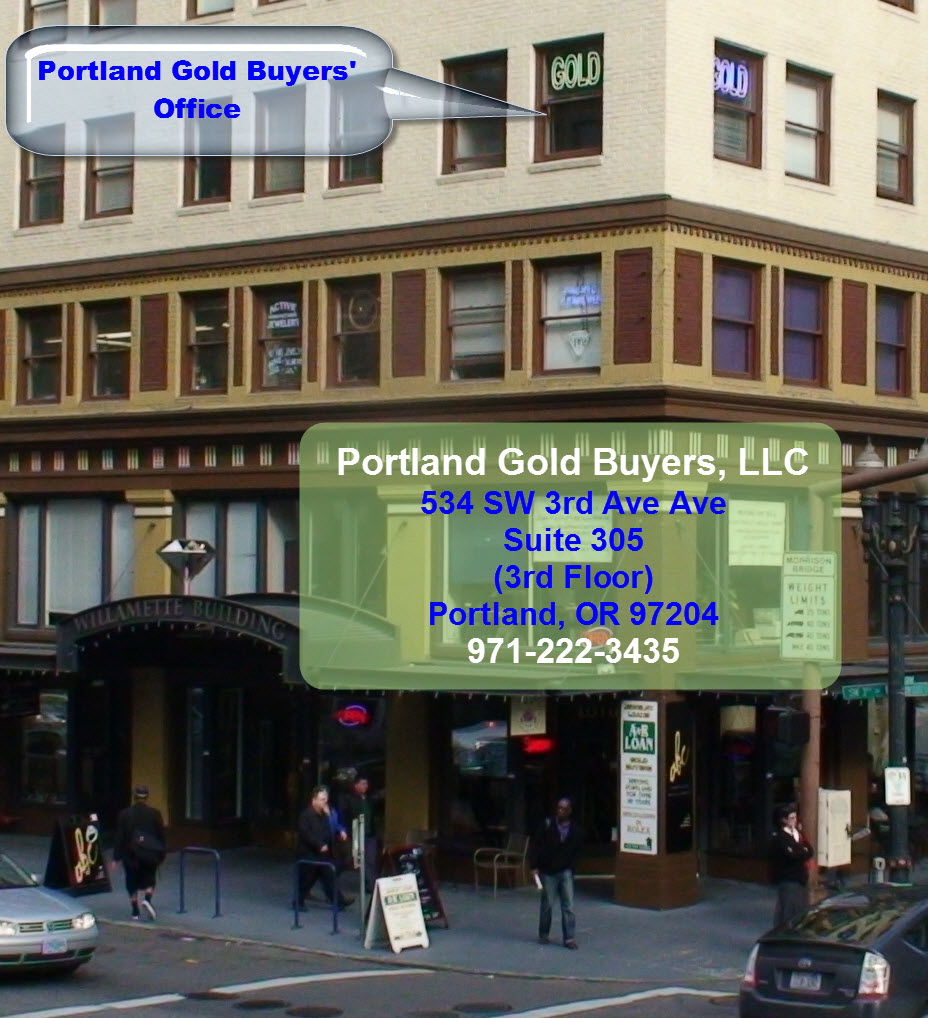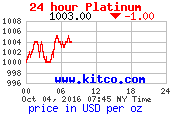HOW TO EFFECTIVELY BUY AND SELL DIAMONDS FOR PROFIT
Buying Diamonds as a Jewelry Buyer at Fair but Wholesale Value
The Six Steps to Making an Effective Diamond Offer
- Ask About the Diamond and the Seller
- Request Information About the Diamond
- Confirm it is a Diamond
- Inspect the Diamond
- Grade the Diamond
- Develop the Diamond Offer
Hi,
This is Oscar, the owner of Portland Gold Buyers, LLC. In this article, I will explain to you how to effectively buy diamonds for profit, while providing a fair offer to the seller. To be effective at buying diamonds, you need to be methodical and knowledgeable. This way you will earn a great income and provide great value to your customers.
Example: You make an offer for a diamond that is mounted on a ring. The offer is accepted and you pay. Then you find out that the diamond is chipped. Now what? Well, that should not have happened. What was missing was due diligence.

Chipped Diamond – You Don’t Want That!
Diamonds are complicated items. They are all different. Very small variations may, and most often do have a significant impact on how desirable a diamond is. The more desirable a diamond is, the more it sells for.
I am a gold buyer. Not a gemologist. As such, although buying diamonds is not my focus, but an important collateral activity and income source. I regularly buy diamonds of all sizes. Thus, I risk capital at buying diamonds. The idea is that, at buying diamonds, the risk is worth my while and my capital grows, not diminishes. Through experience and education, I have developed a good method for making offers that are fair to the customer, and profitable to me.
1 – Ask About the Diamond and the Seller
The best starting point in a diamond acquisition transaction is to ask the seller what their idea is. Find out the following. The idea is to know about the diamond, the seller and the overall situation.
- What does the owner know about the diamond?
- What does the seller actually want?
- Maybe the seller actually does not want to sell. Probe
- Does the seller actually want to sell, or get a dollar value only? Some people hide this fact
- Does the seller have a realistic expectation?
- Can you meet the expectation?
- Is the seller someone you are willing to deal with? Or a difficult person to make happy?
- How does the overall situation feel like?
If the above issues are for the most part positive, then proceed.
2 – Request Information About the Diamond
The next step is to get information about the diamond.
- Ask for the paperwork. Most better-quality jewelry has, certificates, appraisals, and very often purchase receipts and other materials
- The best, most reliable certificate is the one produced by the GIA. The better diamonds have GIA certificates. It is much easier to make an accurate offer when the diamond is GIA certified. A good alternative to get it graded as per GIA standards. See image below
- There are other diamond certificates, such as EGL, etc. However, those go for less. It is not that there is something inherently wrong with the other less expensive certificates. It is just that it shows that the diamond was not deserving by anyone to invest in a better certificate issuer than what the subject diamond got
- Always request paperwork. If the right information is available, it is a short cut for making an offer sooner
3 – Confirm it is a Diamond
Test the “diamond”. At the beginning, it is better to treat the “diamond” as a “stone” or “gem” prior to confirmation. First, make sure that you actually have a diamond in front of you. Do this regardless. The reason is important. Humans often see what they want to see instead of what is in front of them.
- The easiest way to do this is to use an electronic diamond tester. There are plenty of excellent testers, all at very reasonable prices
- Another practical option is to do the scratch test. If a carbide tip scratches the stone, it is not a diamond. Better yet, have the customer scratch the stone. That way if they become unhappy for some reason, it is not your fault
Now that you are sure you are dealing with an actual diamond, you can proceed.
4 – Inspect the Diamond
Higher quality diamonds are so beautiful that they are evident even to the untrained eye. Lower quality diamonds have so many flaws, that they are evident too. The majority of the diamonds are somewhere in between.
- Get an idea of the diamond’s mass measuring if the diamond is not loose
- Make an approximate grading range
- Look for chips. Diamonds are hard, but not tough. So, diamonds will not get scratched but will shatter or get chipped
5 – Grade the Diamond
The next step for making an accurate offer is to get the diamond professionally graded. Ideally, the diamond should be graded by a GIA trained gemologist. If you are not one, develop a business relationship with a reputable gem lab. The reason is simple: They will accurately grade the diamond as per GIA standards.
- Get the diamonds graded as per GIA standards, with the subject diamond’s image and written report. See sample below
- Get the diamond loose. Buying a diamond mounted in a ring, not inspected loose, is like buying a used car without taking it for a spin.
- If the seller is not ready to get the diamond removed from the ring, get a preliminary grading, with the diamond still in the ring, for making a preliminary offer
- Inform the customer that removing the diamond is hard to undo.
- Unless the diamond is set with easy to open prongs, have a trusted jeweler do the removal
- The GIA standards written diamond report must, in addition to the indicating the carat, color, cut and clarity of the diamond, also indicate the presence of any chips and accurately describe them
6 – Develop the Diamond Offer
As a businessman, the whole point of buying a diamond is the opportunity for profit. Thus, the offer should be for the liquidation value of the diamond.
The liquidation value of a diamond is the immediate payment offer, most often in cash, which the buyer is willing to pay and the seller willing to accept immediately.
In order to know the liquidation price of the diamond is to have an exit strategy. In the case of diamonds, the exit strategy is to know the resale options.
1 – Sell Diamond to End User: This is the sale of the diamond to a person for their enjoyment. This is usually more appropriate for jewelers who sell jewelry to the public. This takes the longest and the most effort. However, if done write, the effort will be very well rewarded.
2 – Sell Diamond to a Jeweler: This is a form of wholesale. The idea is to sell the diamond to another jeweler, who in turn will sell it to an end-user, as per above. This takes less time and effort, but also is faster and pays less.
3 – Sell Diamond to a Wholesale Diamond Dealer: This is the quickest exit strategy when dealing with diamonds. Wholesale diamond dealers have the capital to stock large amounts of diamonds. Their business model is to quickly supply, on-demand, diamonds to jewelers, at a wholesale price. The benefit of working with wholesale diamond dealers is that they always know exactly how much to pay for any diamond. If you offer them a diamond, they will have a price.
My favorite option to make an offer for a diamond is the later. I am not a jeweler. My focus is to re-sell quickly and earn well without being greedy. I always disclose my wholesale diamond dealer offer to the customer, they know how much I will earn, which is usually very reasonably appropriate for the transaction. This works for me. I have a great closing rate. The best is that I get great income from buying and selling diamonds.

Additional Diamond Articles
Diamonds 100: Are Diamonds Rare Stones?Diamonds 101: The “4 Cs” – Carat, Cut, Clarity, ColorDiamonds 102: Weights ExplainedDiamonds 103: Nominal WeightsDiamonds 104: Diamond CertificatesDiamonds 105: Magic NumbersDiamonds 106: Diamond Business ParticipantsDiamonds 107: The Diamond Sales ProcessDiamonds 108: Diamond Business Value Added ChainDiamonds 109 – Diamond Removal – Deconstructing JewelryDiamonds 110. Where Should I Sell My Diamond JewelryDiamond Dealer: Buy Diamonds


![[Most Recent Quotes from www.kitco.com]](http://www.kitconet.com/charts/metals/gold/t24_au_en_usoz_2.gif)
![[Most Recent Quotes from www.kitco.com]](http://www.kitconet.com/charts/metals/silver/t24_ag_en_usoz_2.gif)
![[Most Recent Quotes from www.kitco.com]](http://www.kitconet.com/charts/metals/platinum/t24_pt_en_usoz_2.gif)










